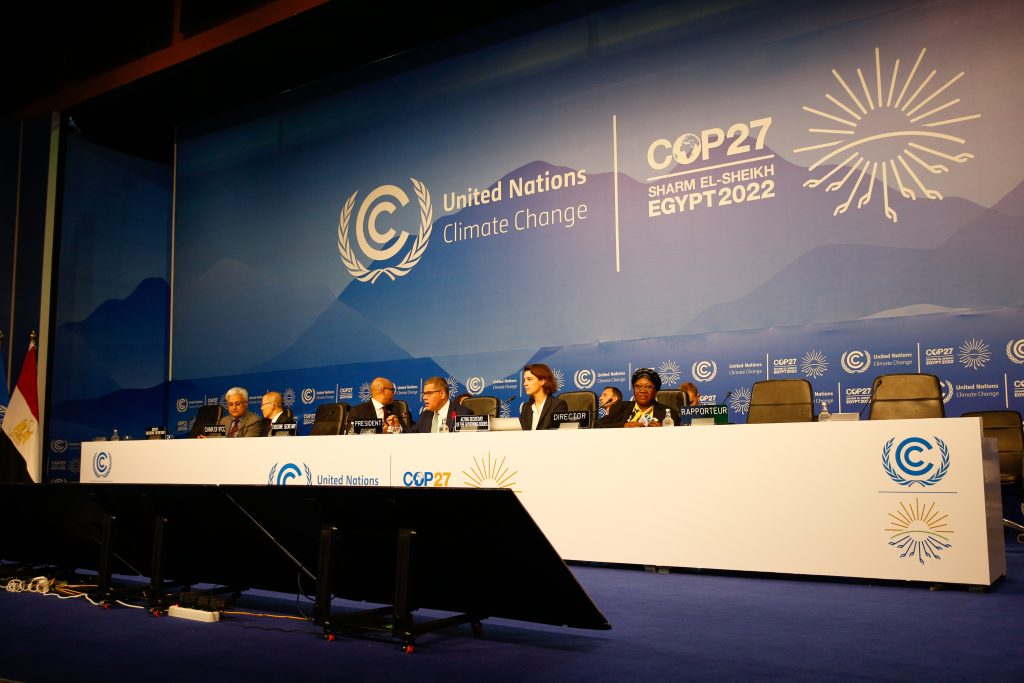COP27 kicked off with a two-day World Leaders Summit culminating in a symbolic step in bridging the long-standing divide between the Global North and Global South as leaders agreed to place “losses and damages” on the formal COP agenda. Overall, however, the “implementation COP” has, to date, been scarce on tangible results, with the majority of action occurring outside of the negotiating room as a diverse coalition of industry and NGOs descends on Sharm el Sheikh. To their credit, delegates arrived in Egypt in the shadow of an expansive global energy crisis that looms large over efforts to implement the high bar set for climate action last year in Glasgow. Though on a collision course, energy security concerns and the imperative for climate action are not hindering international efforts to maintain progress on the climate agenda, with clear signs emerging that should offer optimism as technical groups dominate the balance of the next two weeks:
- Finance remains center stage. Financing both energy transitions and climate adaptation has, at least thus far, remained front-of-mind for policy leaders over the past two days. Commitments from a handful of European countries seeking to accelerate international climate adaptation finance are one such bright spot, despite the relative lack of optimism for progress leading up to the COP this year. Yet this box is still largely unchecked, with the developing world seeking to vastly expand the current climate finance target of $100 billion USD per year. Meanwhile, support is mounting for investment across the energy mix to support access to affordable and secure energy supplies.
- Private sector participation. COP’s transition from a largely technocratic convening to an increasingly multifaceted climate convention filled with corporations and civil society continues. Observers should be encouraged that the dialogue is moving past simple greenwashing, in favor of efforts to establish a widespread coalition of parties engaged in the climate conversation. Ultimately, this broad new collation of stakeholders could enhance the authenticity of new solution sets necessary for achieving climate progress. Early industry advances at COP27, like the addition of cement and concrete to the First Movers Coalition, reflect how the COP evolution is a positive catalyst for change.
- Implementation is in limbo. Though COP is meant to focus on acting on the pledges laid out in COP26 and the Bonn intersessional, homing in on details that expose the current tension between energy security and climate ambitions is proving to be more difficult than gaining commitments from governments for these pledges in the first place. Several issues are emerging as major—but still highly challenging—focus areas, including 1.) mechanisms to equitably route climate finance from OECD countries to developing countries, and 2.) global efforts to achieve the Global Methane Pledge.
Significant work remains to be done in the coming days. Given the circumstances shaping the energy transition over the past year, COP27 has nonetheless opened with more upside opportunities than might have been anticipated only months earlier.
Related content
Learn more about the Global Energy Center

The Global Energy Center develops and promotes pragmatic and nonpartisan policy solutions designed to advance global energy security, enhance economic opportunity, and accelerate pathways to net-zero emissions.
Image: The dais at COP27. (Kiara Worth, UNFCCC, Flickr, CC BY-NC-SA 2.0) https://creativecommons.org/licenses/by-nc-sa/2.0/




